From Rickie Vasquez to Denise Huxtable, these are the TV and film characters who helped people realize they were queer.
Many times, a queer awakening can begin with an on-screen crush. That beloved character’s expression or moving embodiment in a role can be the first stirring within you of an identity you want to explore.
According to sex therapist Kamil Lewis, these on-screen crushes can be an accessible way for queer people to think about their sexuality.
“This is what attraction could be. This is what curiosity could be. This is what exploration could be,” Lewis said, noting that they also provide a safe distance to explore feelings without needing to act on them in reality.
Lewis herself cited Jessica Rabbit, Denise Huxtable and Eliza Dushku’s character, and the Clovers team in “Bring It On” as fictional characters that were queer awakenings for her.
“For a lot of people, I think our queer awakening was represented in straight or, presumably straight fictional characters,” she said. “Queerness can be packaged in so many different ways, and it doesn’t have to be explicit in like, ‘This is a queer character, so this is OK for you because you are also queer.’”
Below, we spoke to some queer folks about their beloved crushes. Read on for odes to the hot fictional characters and actor portrayals that broke molds, awakened new feelings and were part of people’s queer journeys:
Fran Drescher as Fran Fine in “The Nanny”
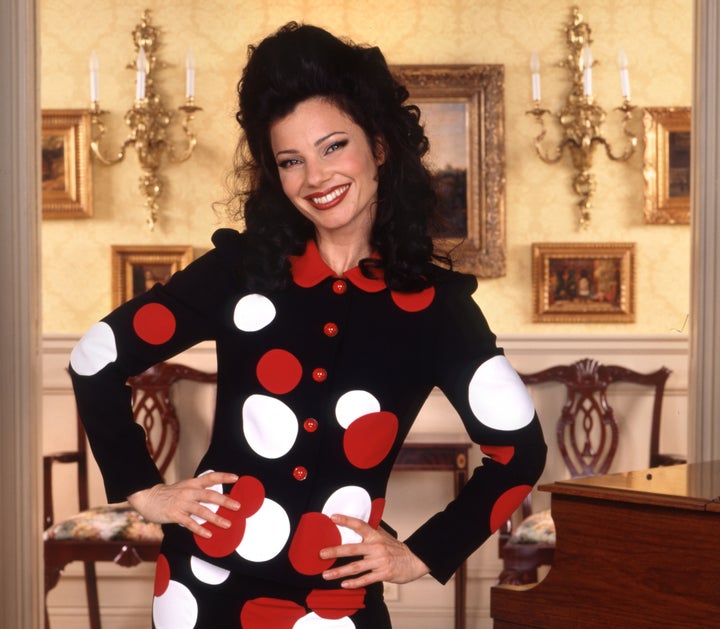
“For me, it was Fran Fine. There was nothing straight about how I would spend my insomniac nights watching ‘The Nanny’ on Nick @ Nite.
There isn’t one particular scene that sticks out. I was simply fascinated with her fashion, and how she acted. Fran Fine was a character that showed me a different side to femininity. I grew up with women that resembled more like C.C. Babcock, but Fran was empowered and vibrant and sexy. Even though she’s straight in the show, everything about how she presented herself was very gay. I gravitated to how the character deliberately broke the mold around her and owned it. In a general sense, the show’s attitude towards queer folks was also shaping, because queerness was never addressed in my family.
‘The Nanny’ portrayed queer folks as just normal people, with their own flair, and stereotypes for sure, but it never felt like queer folks were the butt of the joke. It helped normalize queerness. Fran Fine normalized living as your authentic self, and laughing at conformity while also inviting them to take a plate of brisket and join the fun.” ―Kennedy Garza Brown
Wilson Cruz as Enrique “Rickie” Vasquez in “My So-Called Life”
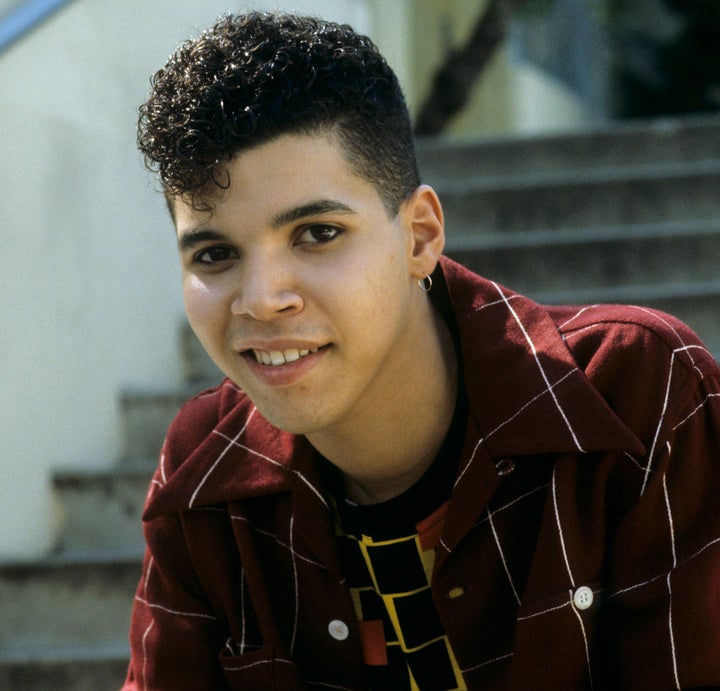
“Let’s call it a ‘queer clueing,’ as a full-on queer awakening had not happened for me just yet. I was only around 6 years old at the time. It was the mid-’90s and I was watching an angsty teen drama titled ‘My So-Called Life’ when I saw myself on TV for the first time. The character of Enrique ‘Rickie’ Vasquez portrayed by Wilson Cruz was this queer, gender non-confirming perhaps even non-binary, Black-Latiné kid who had this unshakeable freedom of self-expression.
This portrayal of queerness and resilience has stayed with me nearly three decades later. Though I didn’t totally have the understanding or language at the time to conceptualize my own identities, I knew Rickie and I were somehow the same. My fledgling inner queerness acknowledged Rickie’s queerness. It would be decades before I saw another character with the same constellation of identities as Rickie and I again.” ―Derrick Reyes
Jared Padalecki as Sam Winchester in “Supernatural”
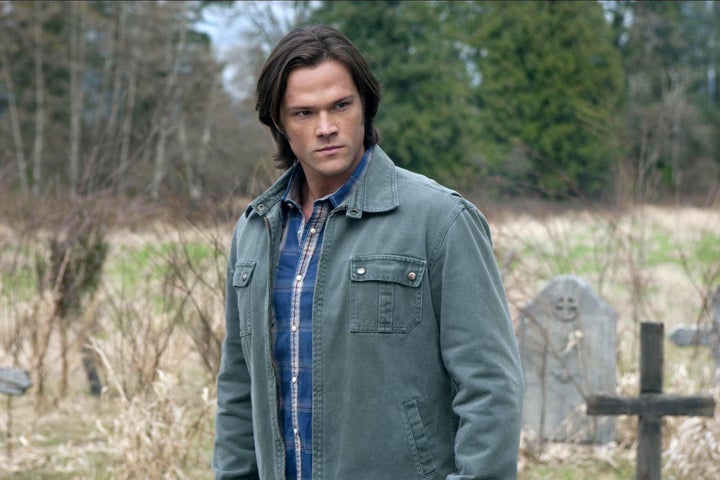
“Jared Padalecki’s Sam Winchester in ‘Supernatural’ was undoubtedly a core moment in recognizing my own queerness. The creators gamely leaned into the homoeroticism, often having both Sam and Jensen Ackles’ Dean Winchester shirtless on-screen, sometimes for no reason at all.
I imagine a lot of burgeoning queer men in the early aughts felt the same. It was both remarkably popular and accessible to families, something I could watch inconspicuously ― a horror/fantasy show that happened to star hot men. I remember one particular episode where Jared Padalecki is fresh out of the shower, and the camera lingers on him long enough for a pec flex and smirk. That was an important moment for me.” ―Chad Collins
Shay Mitchell as Emily Fields in “Pretty Little Liars”
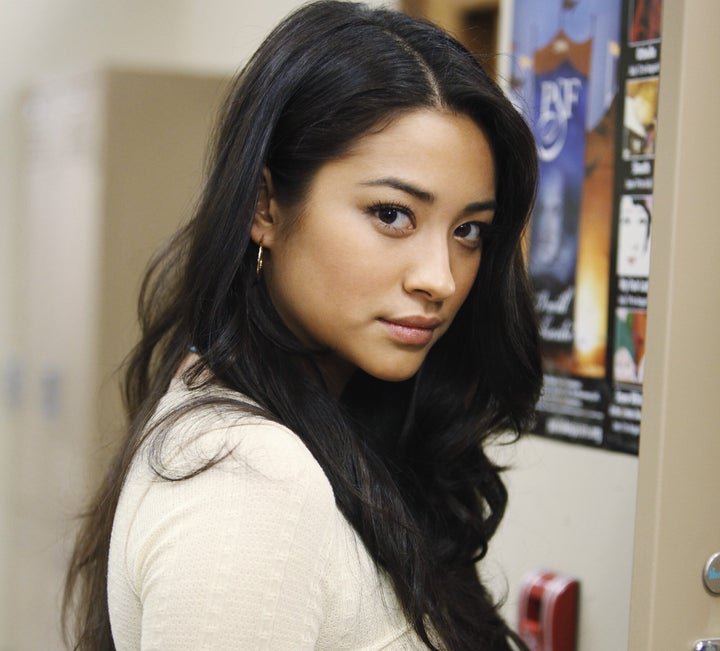
“I remember sitting on my bed years and years ago, stumbling upon a clip from ‘Pretty Little Liars.’ Shay Mitchell’s character, Emily, was a gay awakening for a lot of people I think. That one clip … got me into a rabbit hole of seven seasons. I still follow [Mitchell] to this day eight years later.” ―Sam Calloway
Lisa Bonet as Denise Huxtable in “The Cosby Show”
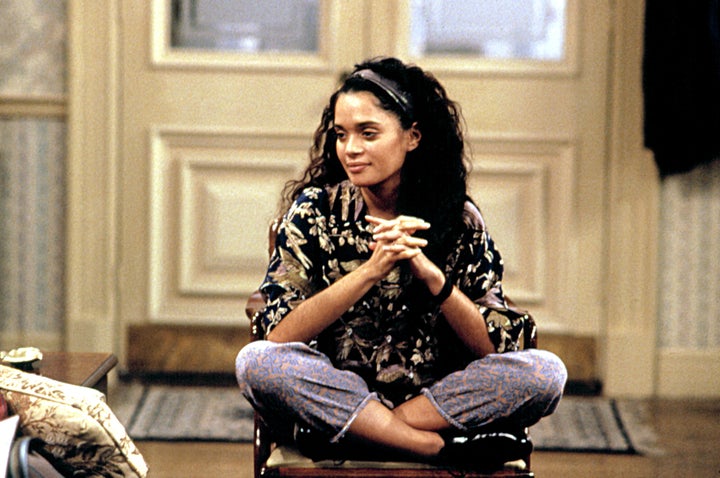
“[Lisa Bonet’s] presentation and characterization and that show was one that was very free-spirited. I think that she was portrayed as a bit selfish, she was an artist, and I thought that she was really cool, and she was also highly desired in that way. And I think that that really resonated with me: The idea that I could be like her or be her or be with her. I think there was all of these different elements.
There’s a meme of her or maybe a gif of her where she … has her finger in her mouth … And so when I see that today I get reminded of this really subtle sexuality that was really interesting and dynamic. [She] always [had] different boyfriends and she was always looked up to by her younger siblings. So I feel like there was a lot of that that I resonated with … Seeing Black characters on TV and seeing myself in that felt more attainable or closer to what felt true for me.” ―Lewis
Mulan in “Mulan”

“I watched ‘Mulan’ over 100 times when I was 4, and now I’m non-binary. Coincidence? I think not. In ‘Mulan,’ gender’s more than just fluid, it’s weaponized, which blew my mind in 1999.
‘Mulan’ speaks to the power to invent yourself moment to moment, to be both curated and authentic. As a queer adult, I’m grateful to have had such an amazing character to latch on to.” ―Noah K.
Haruka Tenoh/Sailor Uranus in “Sailor Moon”
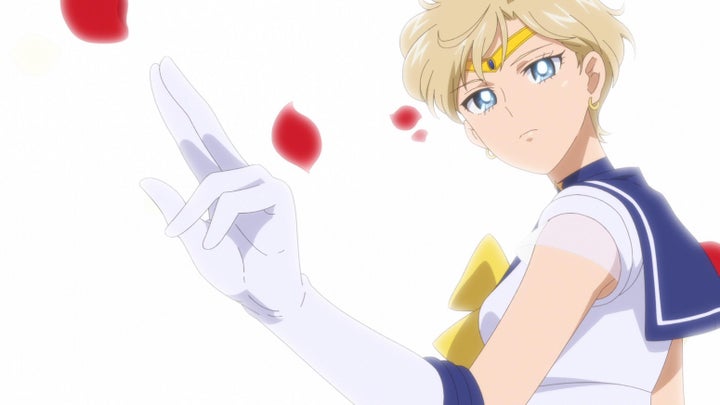
“I was compelled by Haruka Tenoh from ‘Sailor Moon’ the first time I saw her on screen. I loved all the sailor senshi, of course, but there was just something unnameable about her that resonated with me. Of course, later in life I realized what I loved was her explicit queerness, the way that no gender expression was off-limits for her.” ―Matthew M.
Anna Faris as Cindy Campbell in the “Scary Movie” franchise and as Shelley Darlingson in “The House Bunny”
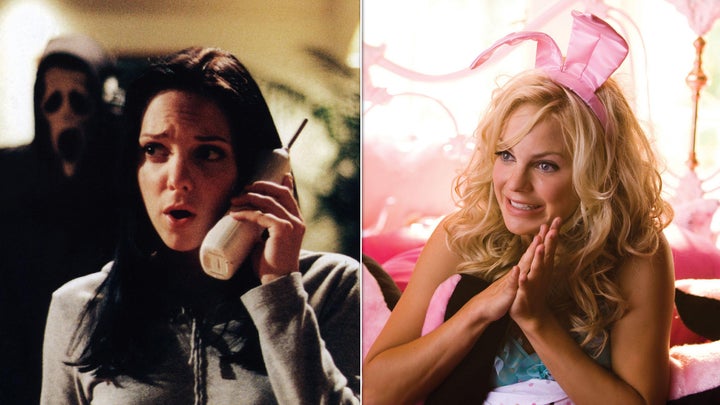
“Anna Faris in ‘The House Bunny’ and ‘Scary Movie’ franchise was absolutely part of my queer evolution. Her constant campiness resonated with me far more than any male comedian that was around at the time. She had a way of being the butt and master of the joke every time, and she seemed impermeable.” ––Alvaro Chavez
The character Michael in Franz Ferdinand’s music video for “Michael”
“I didn’t know about the concept of homosexuality when I was a child. In South Asian cultures, queerness is never a conversation. This is a double-edged sword since it means I luckily wasn’t exposed to blatant homophobia at home. I came across Franz Ferdinand’s single ‘Michael’ after hearing their other, more aggressively heterosexual single ‘No You Girls’ used in an iPod commercial. I was shocked by what I had heard: a lusty, passionate rock song about wanting to dance with a man named Michael, incorporating choice lines such as, ‘This is what I am, I am a man, so come and dance with my Michael’ and ‘Beautiful boys on a beautiful dance floor.’
I had never heard a man expressing attraction to another man like that. I then watched the music video which depicts said scene ― albeit incorporating body horror ― in an underground club in Berlin. I learned about homosexuality from that song, and a couple years later began to make sense of my identity. ―Avneet Sharma
Katherine Barrell and Dominique Provost-Chalkley as Nicole Haught and Waverly Earp in “Wynonna Earp”
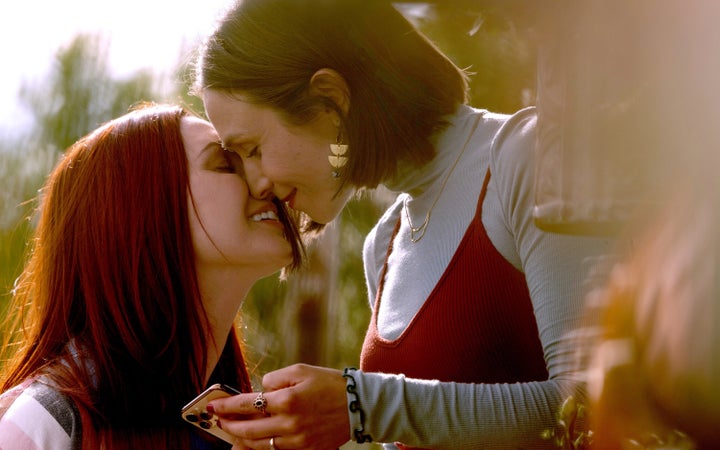
“I thought I was straight until I was 36-37, and I discovered a TV show called ‘Wynonna Earp.’ The show has a queer couple called Nicole, [who is] lesbian, and Waverly, [who is] bisexual. Seeing bisexuality represented in this show made a giant rainbow light above my head go off.
From their opening scene together in Episode 2, you can tell something special is going to happen with them. It is cheesy and sweet with chemistry galore that gave me goosebumps.
Waverly at this point does not realize she is queer, but then this interaction happens and she is bowled over. It was a similar thing for me when watching (and confusing). I had never really considered myself queer until seeing the ease at which these characters are with themselves and each other. The show in general has these huge insane storylines that uses these characters in depth rather than as angsty b-characters that queers often get relegated to. They are unapologetically who they are.” ―Miriam Pepper-Parsons
Amanda Bynes as Viola Hastings in “She’s the Man”
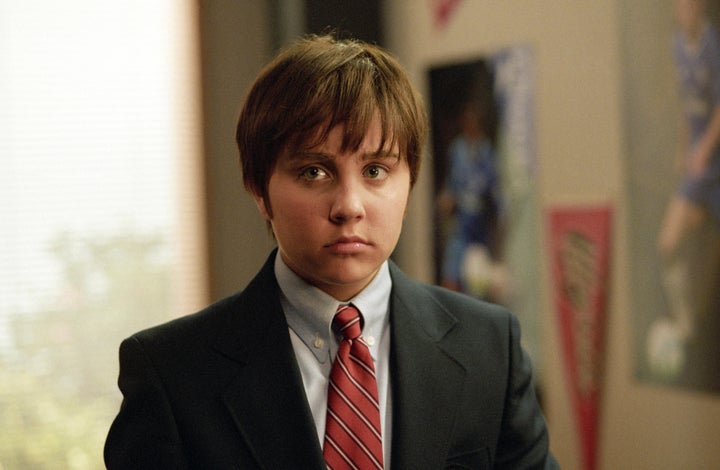
“A big part of my queer awakening as a kid was the movie, ‘She’s the Man.’ There was something about a girl dressing up as a boy to play on a soccer team that really warmed my little queer heart.
There was a specific scene where Amanda Bynes’ character bumps into another girl and they have this really flirtatious moment. Although the other girl thinks Amanda Bynes is a boy, the audience knows she’s a girl, and there was something really gay about that. I think I’ve watched that movie at least 50 times, and it’s still one of my favorites to this day.” ―Sunnie Addison
Catherine Zeta Jones as Elena Montero in “Mask of Zorro”
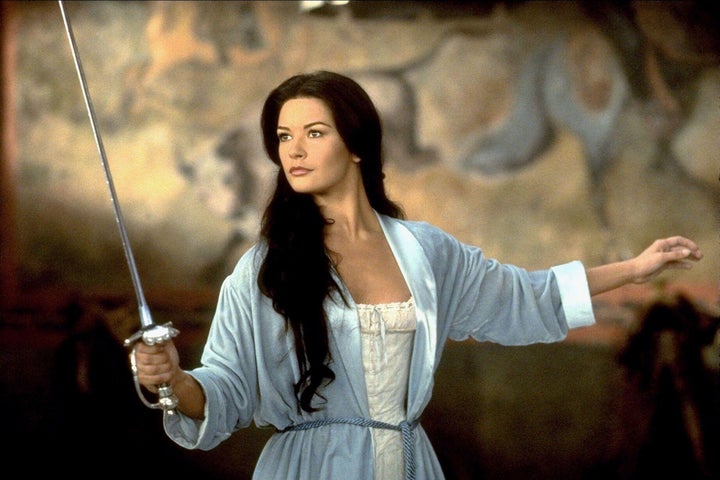
“Catherine Zeta Jones in the ‘Mask of Zorro’ definitely did something to 10-year-old me. I remember the scene in the stables where he cuts her dress with the sword, she uses his hat to cover her chest and they kiss. I blatantly fancied both of them so I feel like that was my first foray into bisexual energy. ―Mina Moriarty
Ryan Philippe and Sarah Michelle Gellar as Sebastian Valmont and Kathryn Merteuil in “Cruel Intentions”
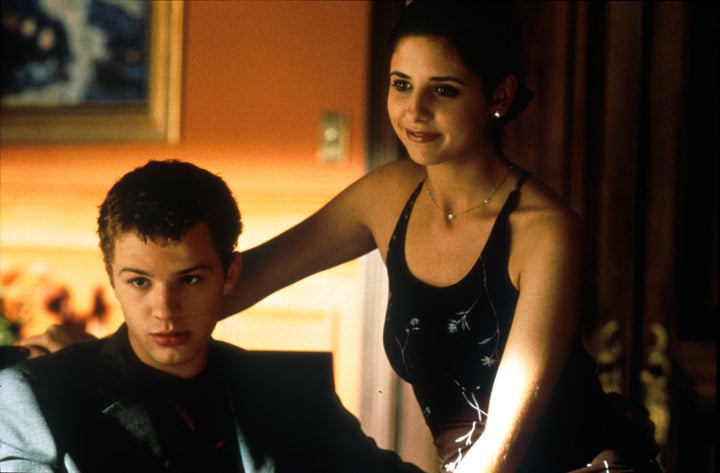
“The identity that I most identify with under the LGBTQ+ label is bisexuality. And I just feel like both Ryan Philippe and Sarah Michelle Gellar in that movie [were] pro sex-positive … really amazing powerful characters both on a male gender side and also a very strong female gender-centered side. And there also was the queer kiss between Selma Blair and Sarah Michelle Gellar. There was just a lot of queer coding I think in that movie. It stuck with me early on in my development.
There’s a scene where Sarah has a monologue and she’s talking to Ryan Philippe’s character. It’s kind of after the climax where all the secrets come out. And I think just the way she exerted power over him in that monologue … it wasn’t even a sexual scene, but it just felt very powerful, and he almost became subservient because the whole movie’s about power dynamics. That scene for me [had me thinking], ‘These two people are just both so powerful in their own right. And this exchange is really sexy.’” ―Josh Torres
Some responses were lightly edited for clarity and length.
Credit: Source link